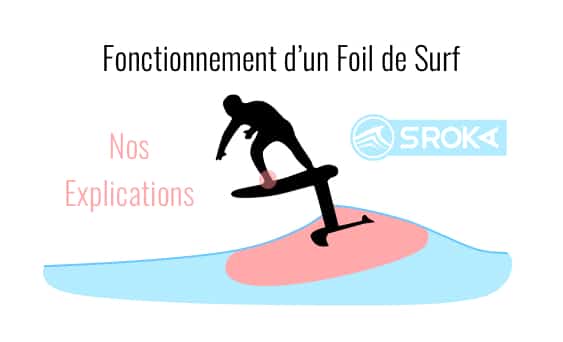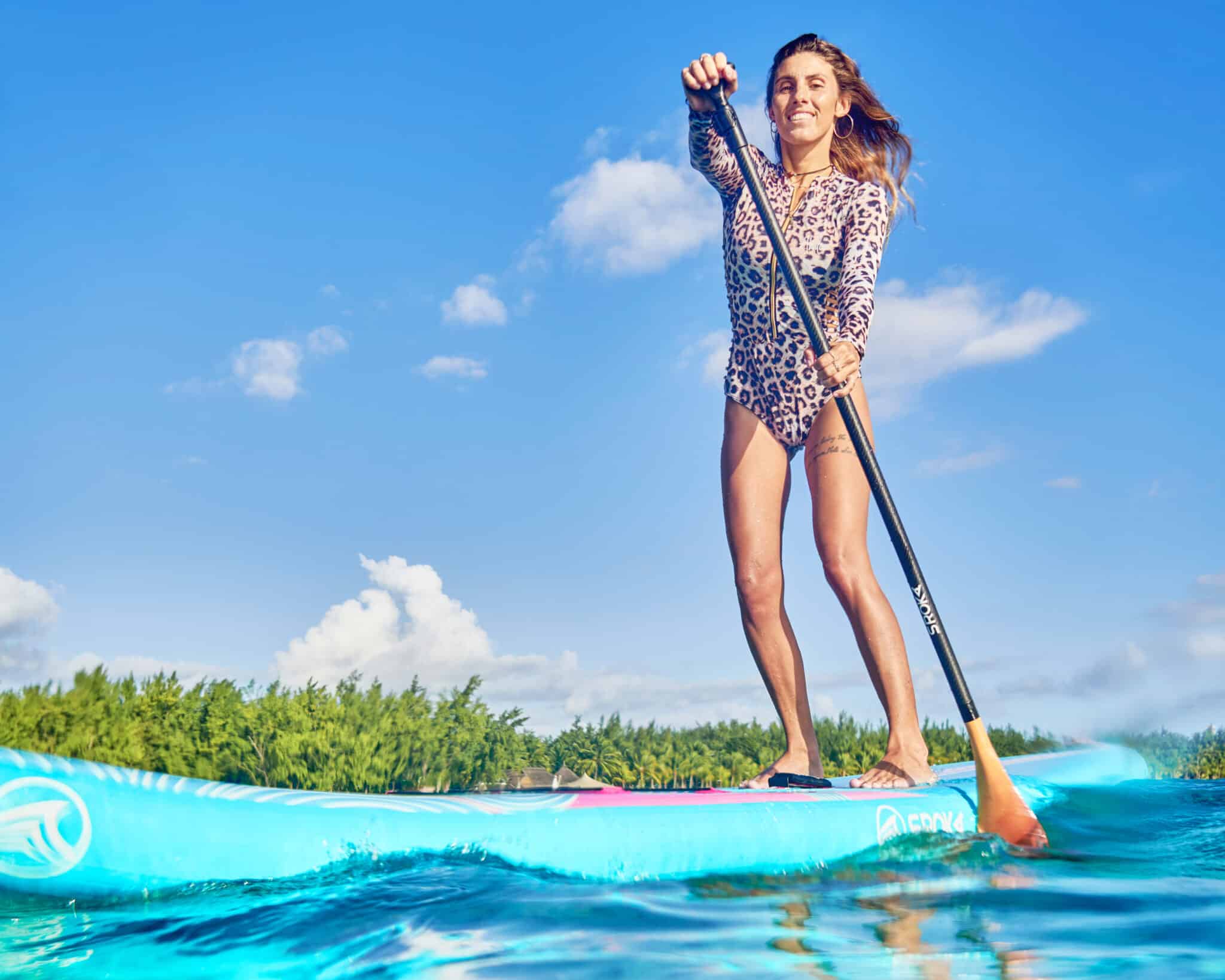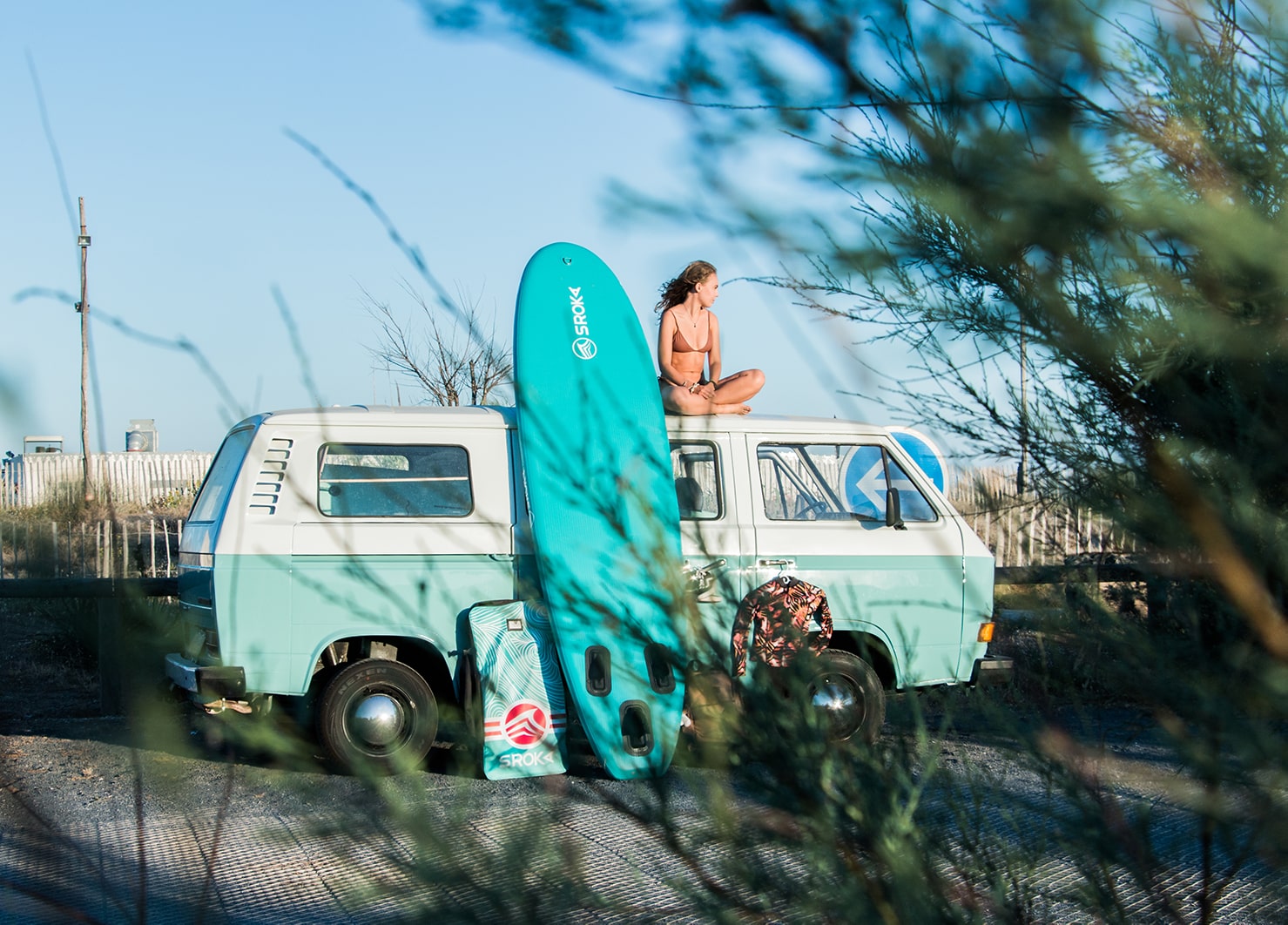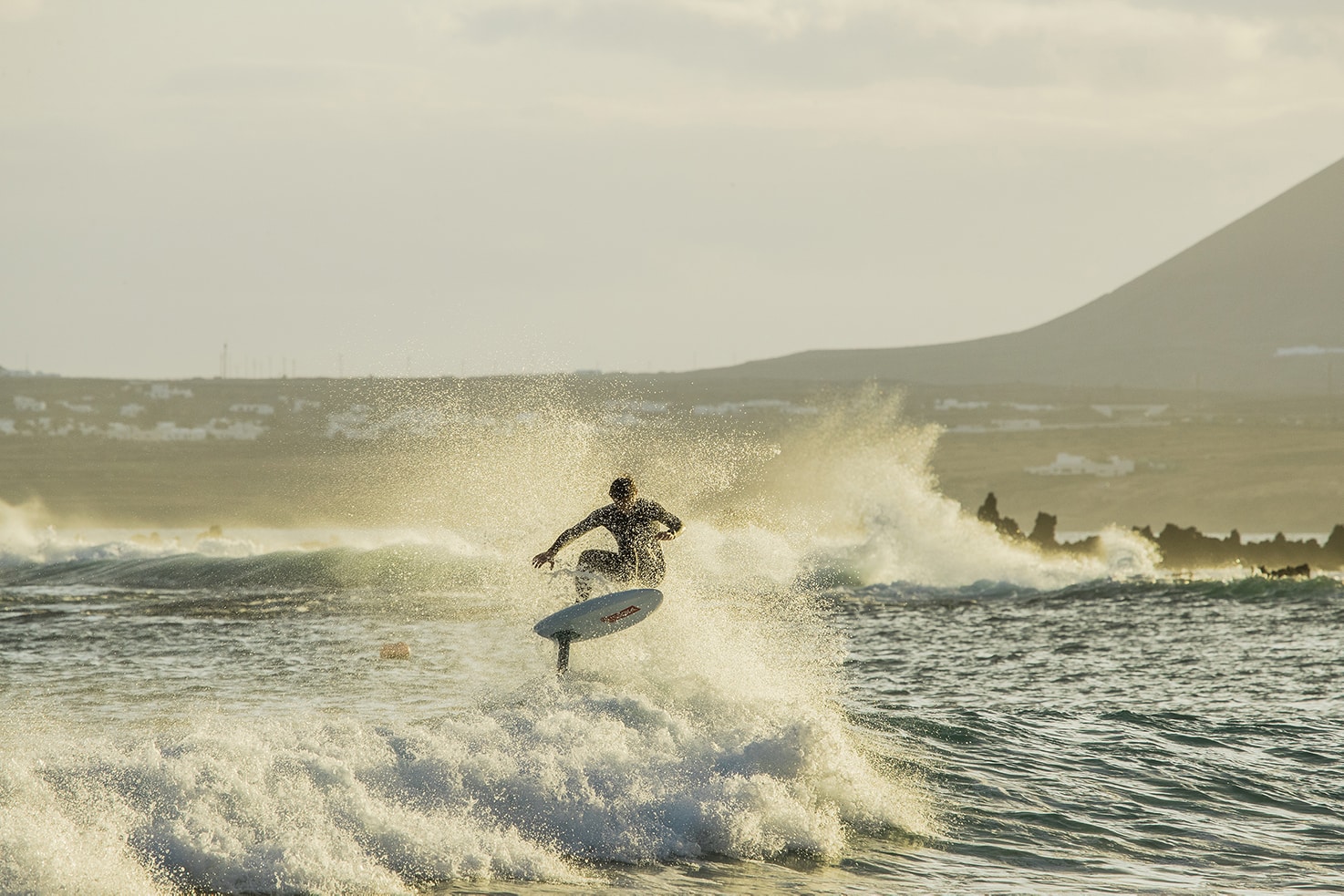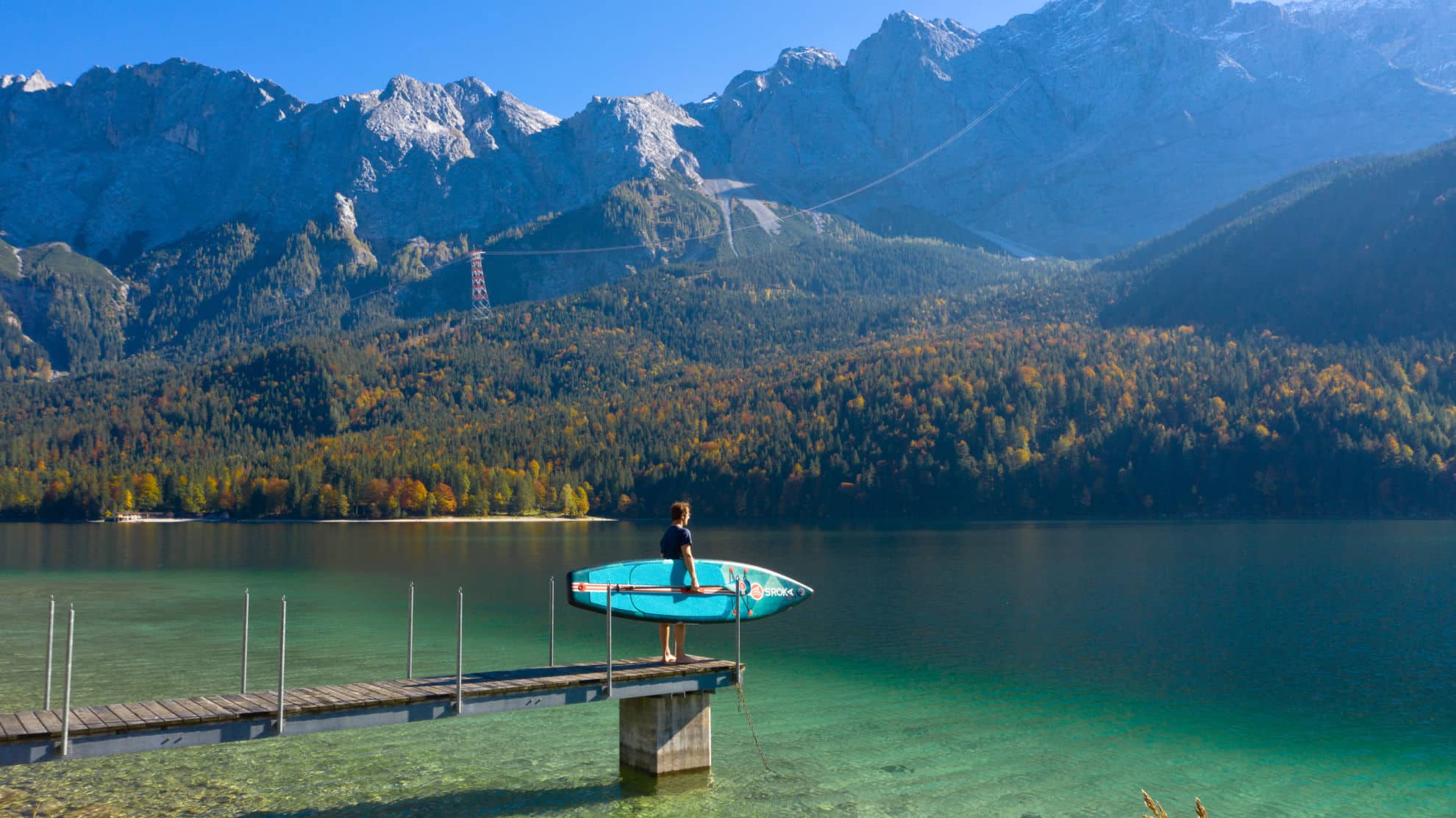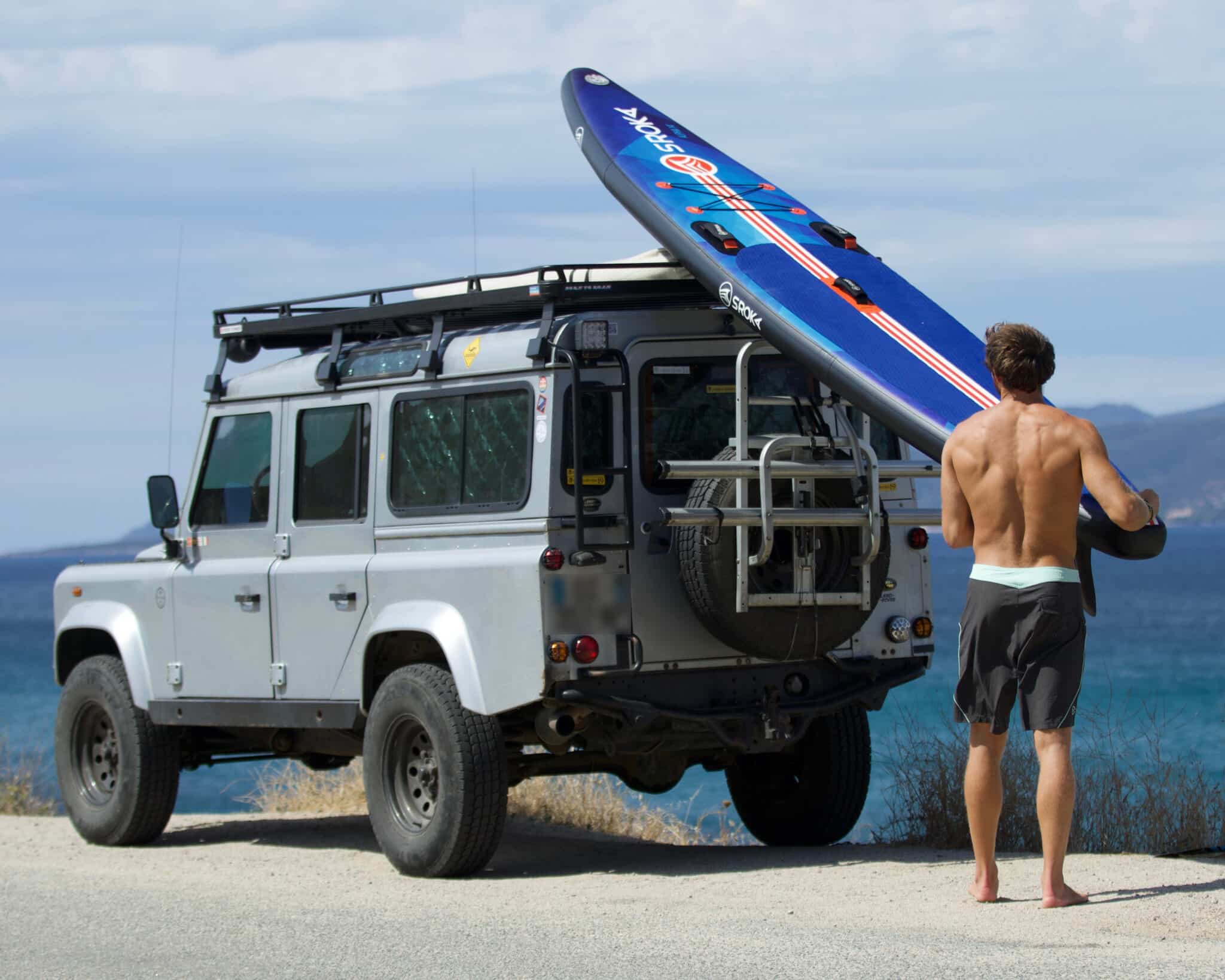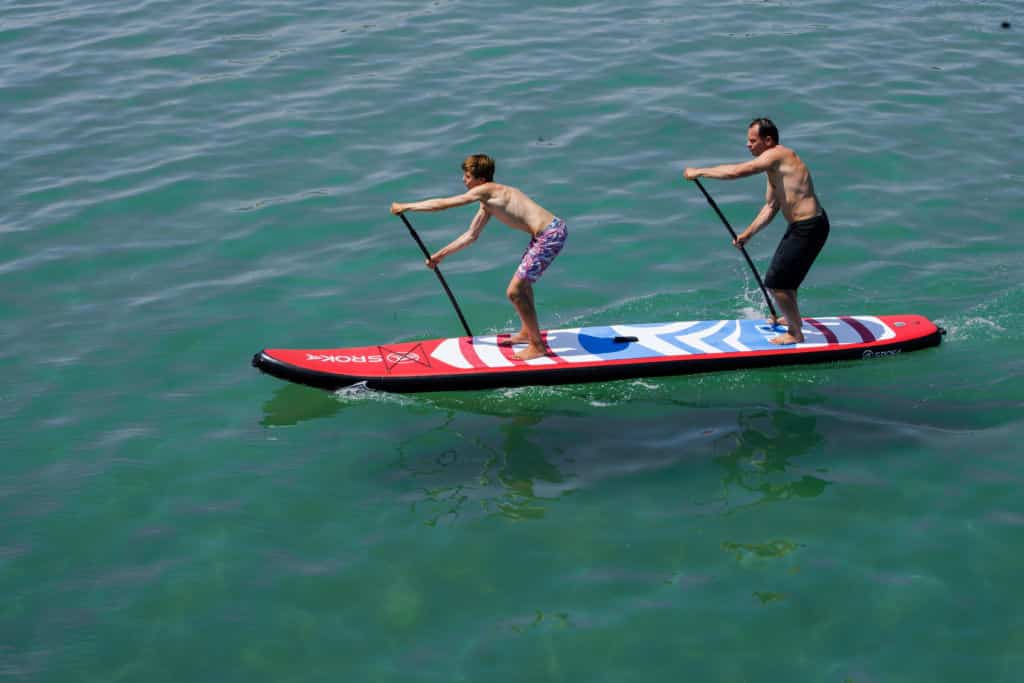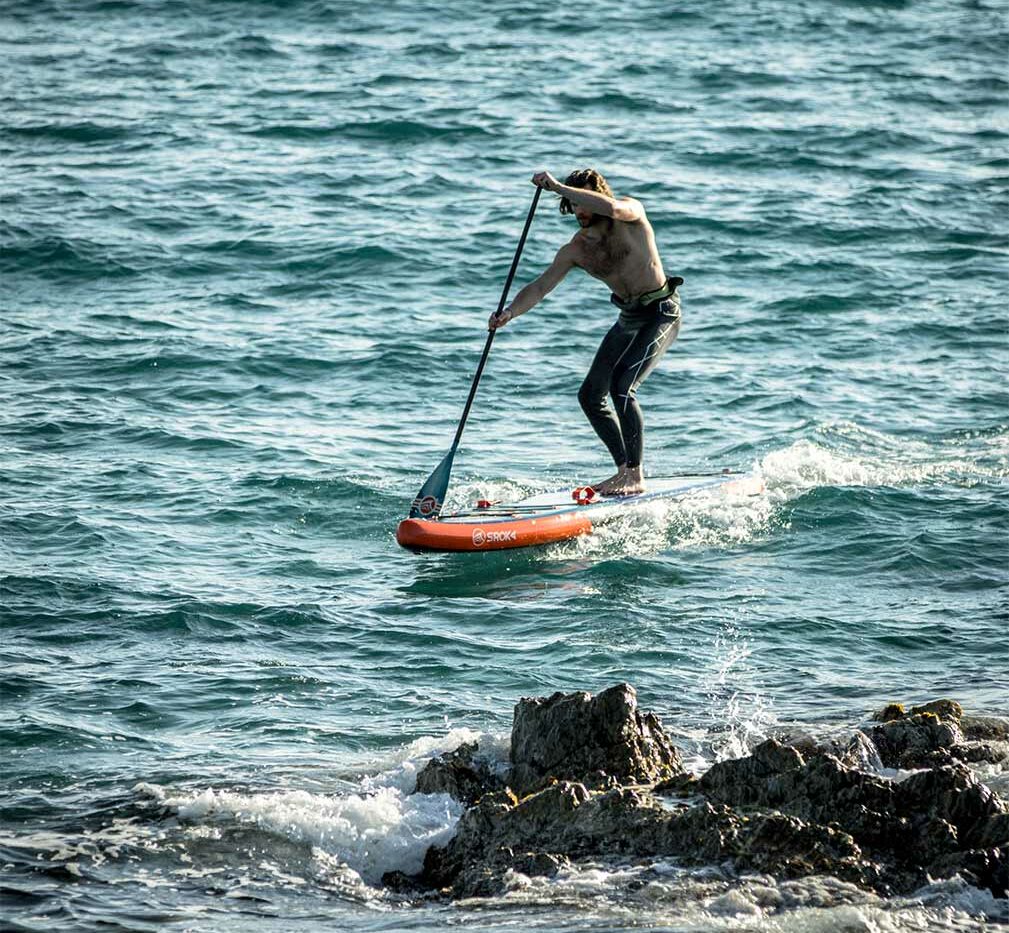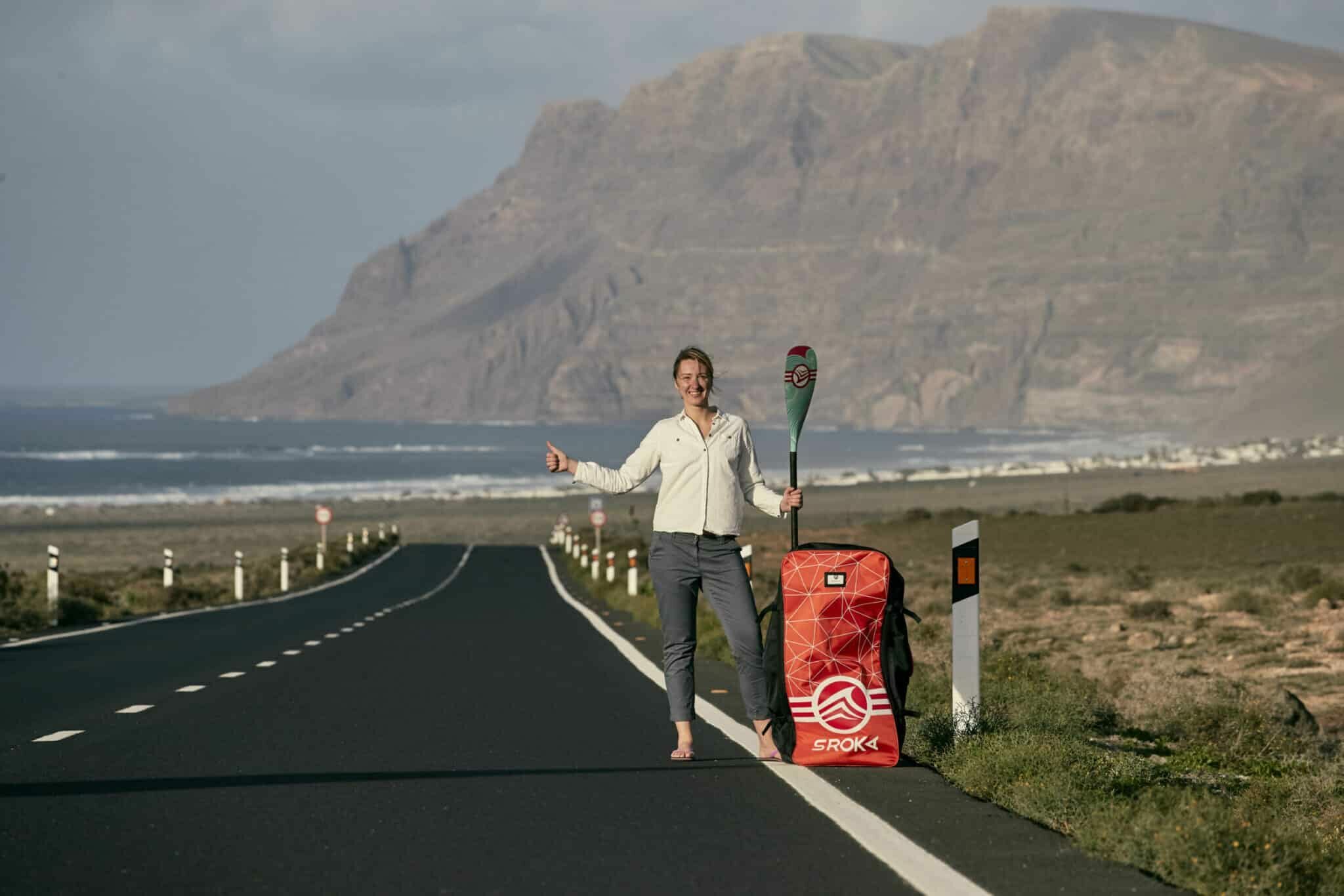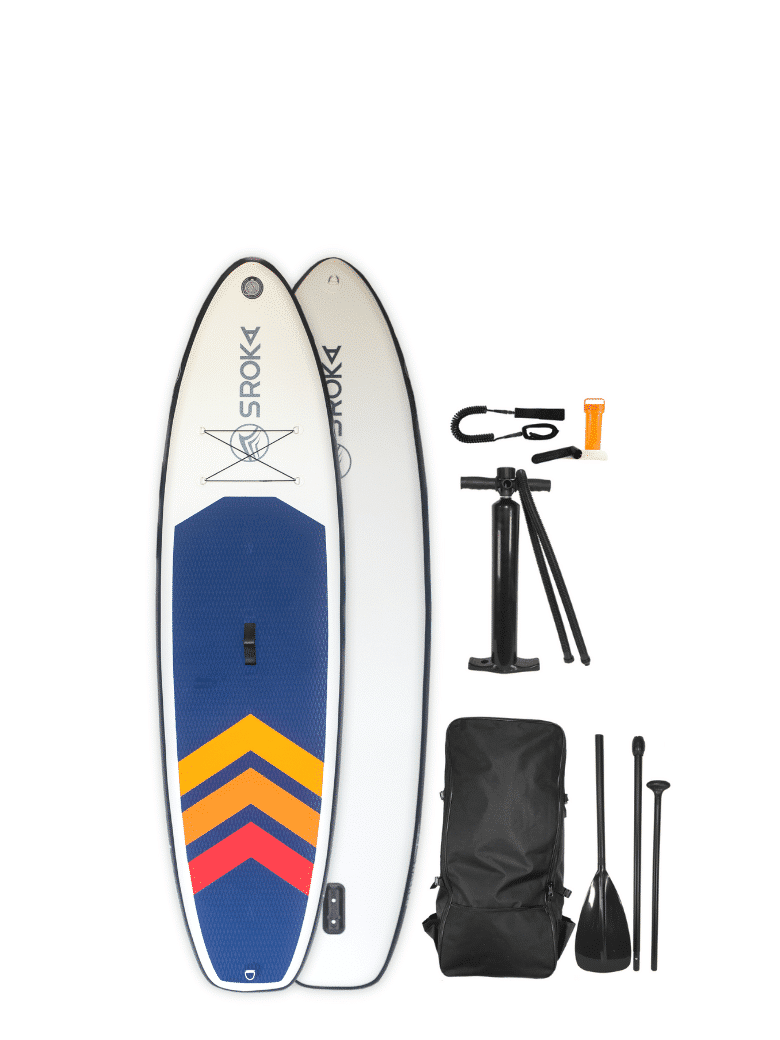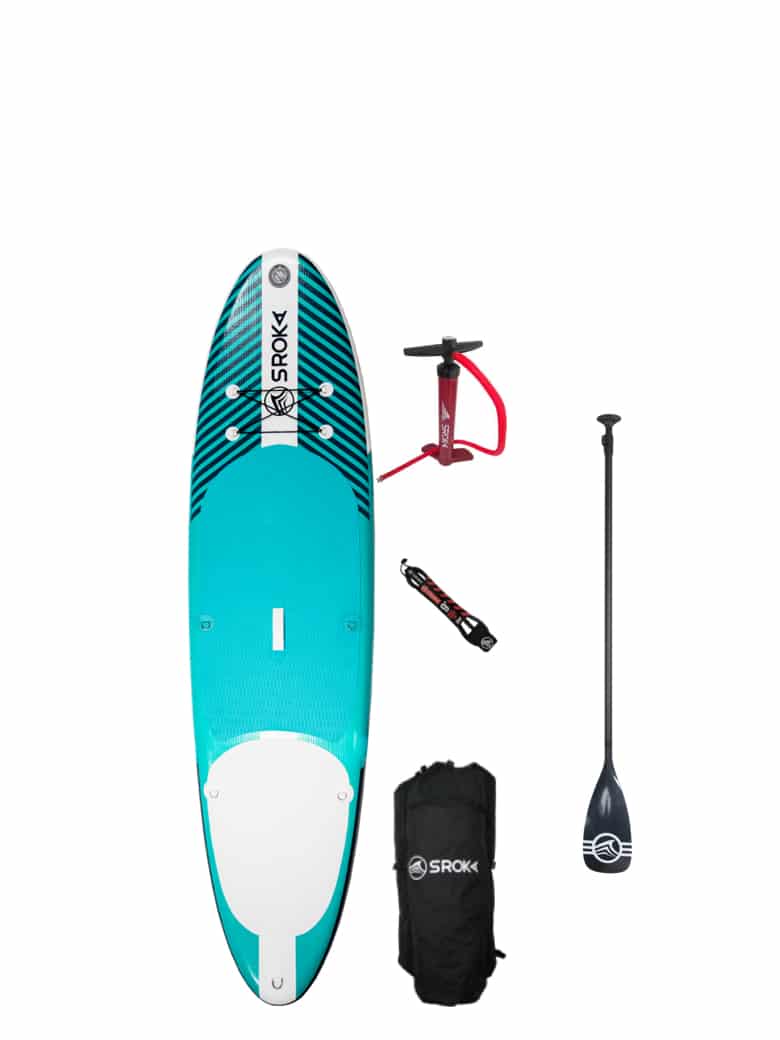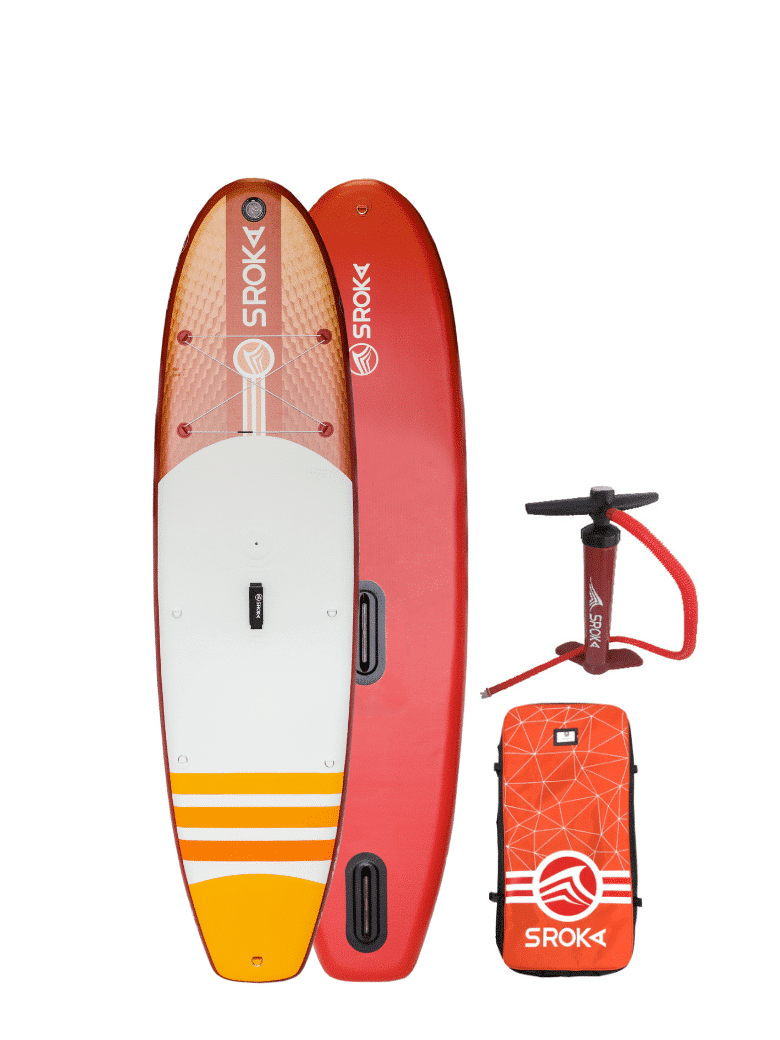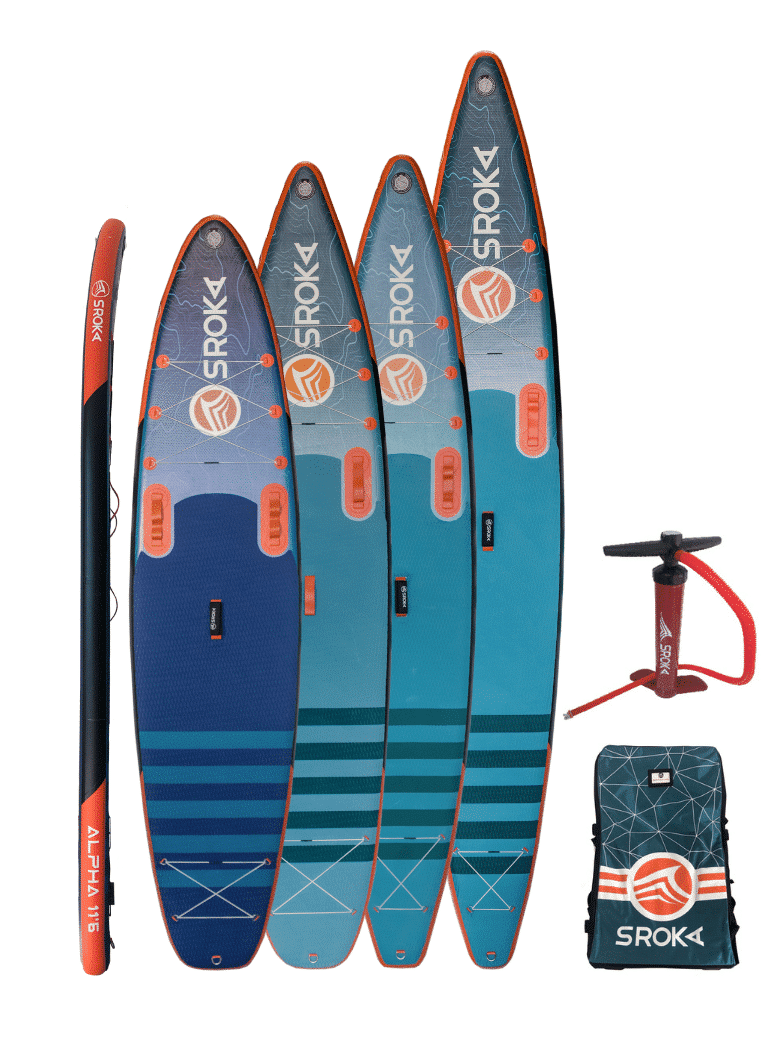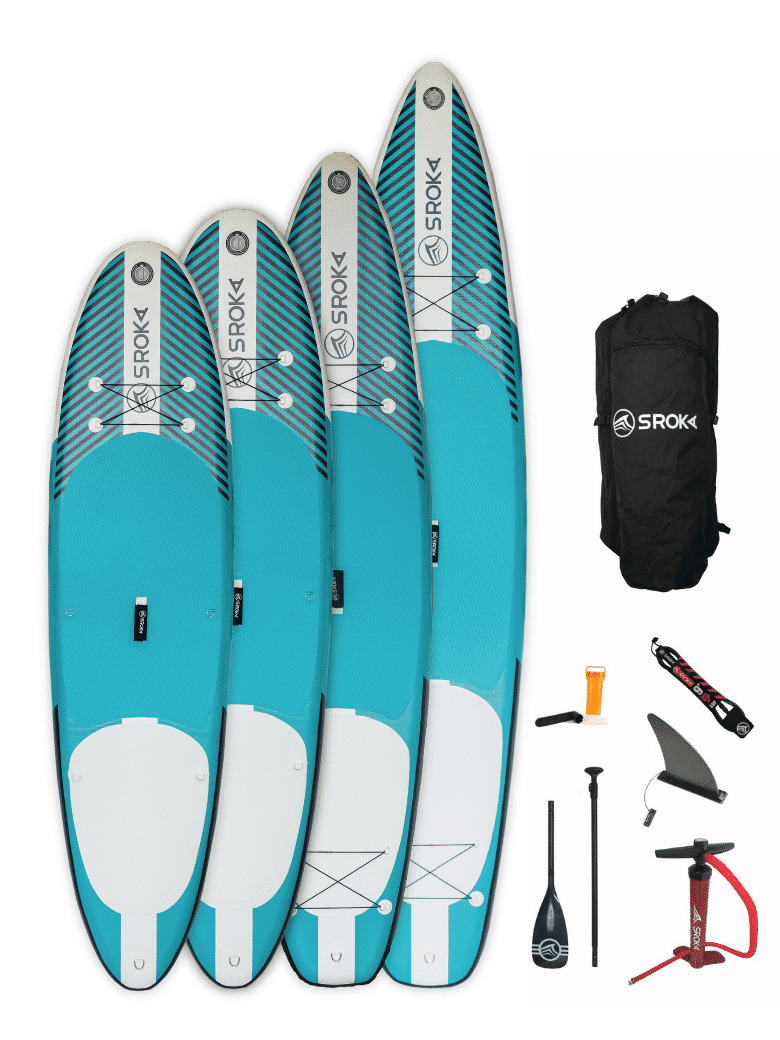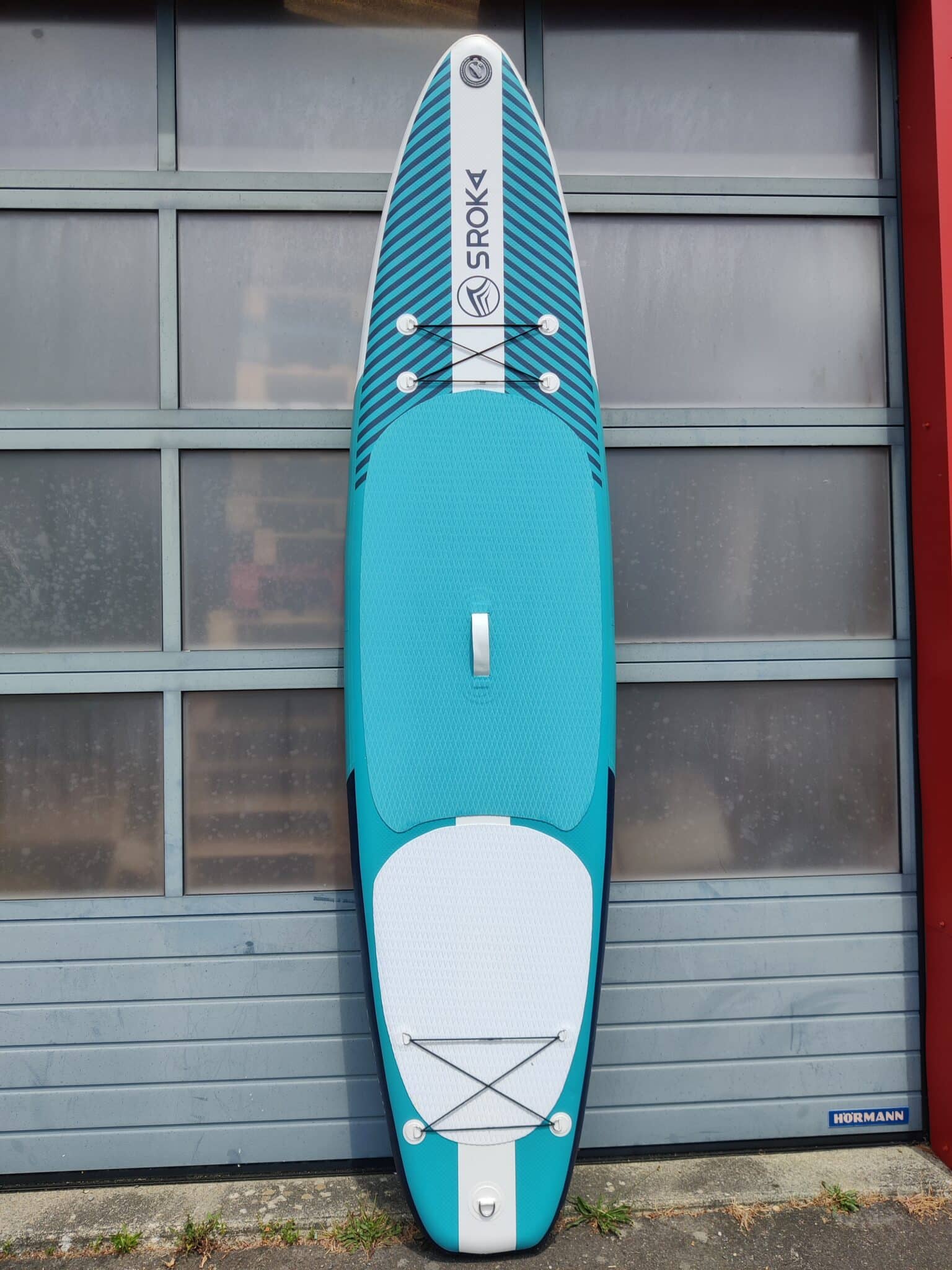 LE MAGAZINE
LE MAGAZINEWhat size paddle to choose?

Choosing the right size of inflatable paddle will enable you to optimize your sessions according to your desires, needs and level. This will determine the way you sail and the pleasure you’ll have during your sessions.
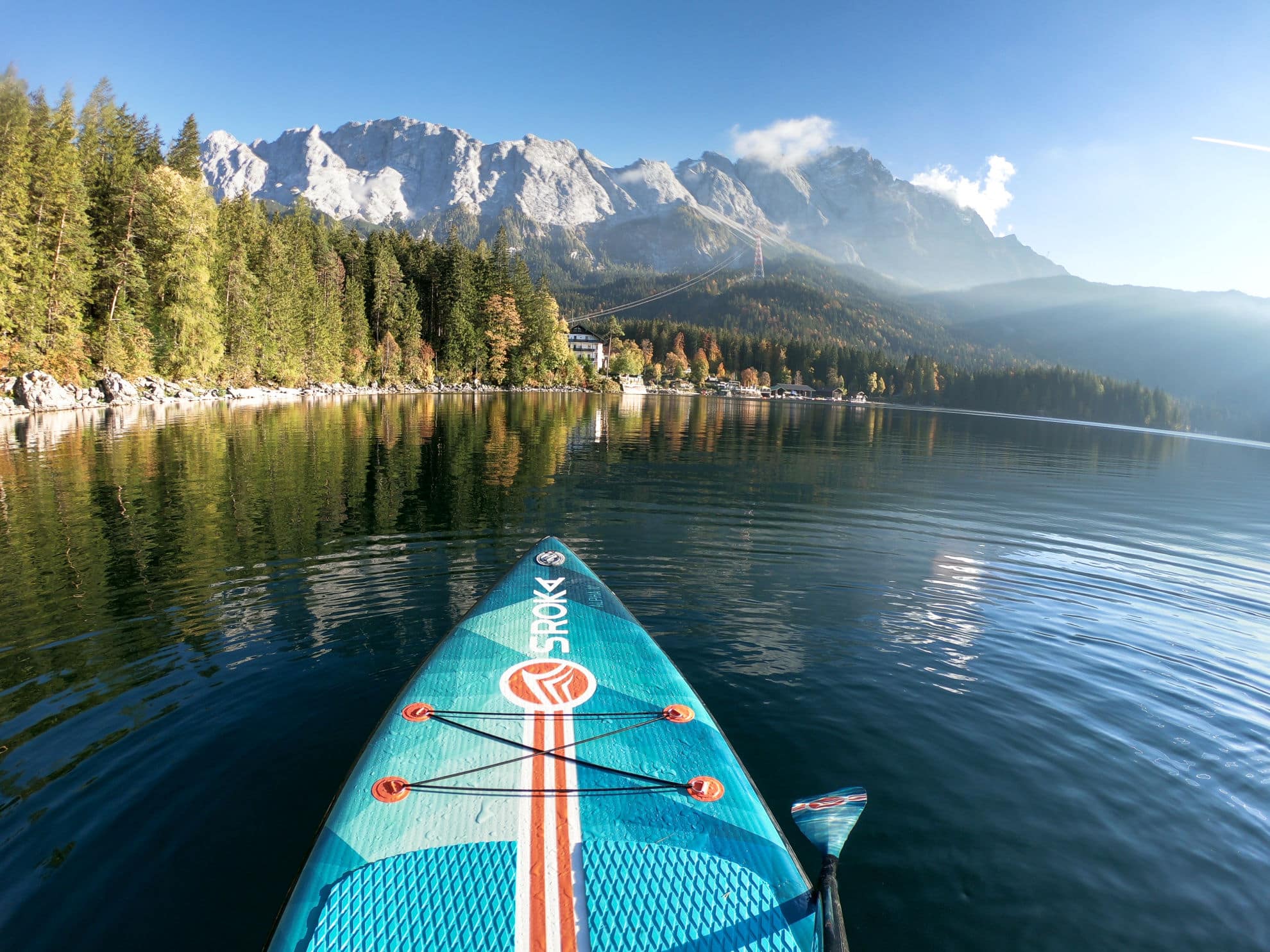
Factors to consider when choosing a paddle size.
1) Paddle length
The choice of an inflatable paddle is determined by many parameters. Whether you’re looking to learn to paddle, go for a ride, discover the joys of paddle surfing, enjoy family paddling with your child or simply enjoy the pleasure of being away from everyone else on the beach, you’ll need to make a choice.
Let’s start with these two assumptions:
- The shorter the paddle, the easier it will turn, and the lighter and more manoeuvrable it will be.
- The longer the paddle, the more it will glide, so it can cover more distance with less effort, but it will be less maneuverable, a little longer to inflate and a little bulkier.
These first two considerations already prompt a choice. Those looking for a sporty ride will opt for a longer paddle that glides better. Those who want an ultra-handy, space-saving paddle will opt for a shorter one.
It is commonly accepted that a paddle under 10’6 will be considered short, and over 10’6 it will be considered a tall paddle.
2) The width of the paddle is the second criterion
But that’s not all: the width of a paddle is also fundamental. A paddle’s stability is determined by its width. The wider the paddle, the more stable it will be. However, the width depends on the person’s size.
A 10′ foot paddle with a width of 30 inches is ideal for people weighing up to 85 kg. Above this weight, you’ll need to opt for a wider paddle, 31, 32, 33 or 34 inches wide.
Things to remember. The wider the paddle, the more stable it is. However, it will be heavier and will slide less off the water. This is reflected in the number of paddle strokes required to cover the same distance. The wider the paddle, the more strokes are needed to cover the same distance.
What is the ideal paddle size for my weight?
The paddler’s weight is a decisive factor in choosing the right size. The larger and wider the paddle, the greater its volume, enabling it to support a greater weight.
Archimedes’ Thrust is the first criterion to take into account: any body immersed in a liquid undergoes a vertical upward thrust equal to the weight of the volume of liquid displaced. In other words, if you weigh 80 kg, you’ll need 80 liters of water to float to the surface.
However, a paddle is much bulkier. As a general rule, paddles have a volume of between 230 and 380 liters. This gives you plenty of room to float.
This criterion alone is not enough. It’s essential to combine the length, width and thickness of the paddle to determine its overall volume.
Here is a small table summarizing the ideal size according to your weight:
- If you weigh less than 75 kg, you can opt for a 10′ x 31′ paddle with a minimum volume of 230 liters. Of course, if you choose a larger paddle, you won’t have to worry about a thing.
- For those weighing less than 85 kg, a 10’6 x 32 paddle with a minimum capacity of 260 liters will do.
- For those weighing less than 100 kg, opt for an 11’6 x 32 paddle with a 300-liter volume.
- Finally, for those weighing over 100 kg, we recommend a 12’6 x 32 paddle with a volume of over 320 liters.
Choose wisely to get the most out of your paddling experience!

Size by paddle type
What size to choose for a touring paddle?
If you’re looking for a paddle for family outings, exploring the shoreline and following the coastline, all types of paddles can suit you. However, here are a few specific tips:
1) Paddle size according to height
A shorter person will be happier with a 10-foot paddle.
On the other hand, if you’re 2 meters tall, opt for a paddle of around 12 feet or more.
2) Objective: Glide or Stability
For the best gliding experience, choose a paddle with a pointed nose. This will maximize your speed and fluidity on the water.
If you’re just starting out, or want greater stability, a paddle with a round nose is ideal for beginners.
What size to choose for a racing paddle?
If you’re planning to race, or at least go for sporty rides, we recommend you choose a longer paddle with a pointed nose for better glide. The larger the paddle, the greater the distance you can cover with less effort. The glide will be optimal. Don’t be afraid toopt for a 12’6 or 14-foot paddle for this type of outing.
On the other hand, if you’re looking for a paddle for racing, keep the same size, but reduce the width of the paddle to maximize glide and reduce the effort needed to move around. The width of the paddle creates resistance in the water. The thinner the paddle, the less drag it will create.
What size to choose for a surf paddle?
If you’re considering paddle surf, we recommenda relatively short paddle, such as a Wave 9’5 or Easy 10′ x 31. These models are specially designed for surfing, cruising and family fun. They offer a good compromise for all family members, whether you want to play in the waves or just have fun together.

What is the ideal width of a paddle?
There’s no ideal width for a paddle board. It depends on your goals and skill level, as well as your height, of course.
In general, the taller you are, the less stable you are. Consequently, taller people tend to opt for a wider paddle board to ensure greater stability.
Here are a few general rules:
- If the width of the board is less than 31 inches, it will be less stable for beginners. So opt for a paddle board wider than 31 inches.
- Over 33 inches wide, the board will be considered very wide and therefore very stable, but it will also be slower.
- The ideal width for a paddle board for beginners is between 31 and 33 inches.
What is the ideal length of a paddle?
Below 9’5″, a paddle is generally considered small. Although such a paddle can turn easily, you will encounter difficulties in maintaining a stable trajectory. When you bring the paddle back to the right, it will tend to go to the left, and vice versa. So the longer the paddle, the more you’ll be able to row on the same side to maintain a constant trajectory.
For a reasonable paddle size, opt for dimensions ranging from 9’5″ to 14 feet. A 14-foot board will be perfect for long paddle rides, while a 9’5″ or 10-foot board will be ideal for beginners or paddle surfing waves.
Now let’s look at stability and handling:
1) Is a larger paddle more stable? Not necessarily. Board width has a greater influence on stability than length. A wider board is generally more stable. However, it should be noted that width can also lead to water resistance, which can slow the board down.
2) Is a smaller paddle easier to handle? Absolutely! A shorter paddle is more maneuverable. Take the example of a container ship: it needs kilometers to make a U-turn. By contrast, a 5-meter-long boat can make a U-turn with a distance of just 10 meters. The same logic applies to a paddle: the smaller it is, the more agile it is and the easier it is to turn.
Are there paddle sizes for children?
Yes, as a rule, children are more comfortable on smaller paddles. The family paddle is around 10′ x 31″.
Where can I find advice on how to try out a paddle before buying?
If you have any questions or need advice about paddling, please don’t hesitate to contact us. We’ll be delighted to answer any questions you may have. You can reach us by email, chat or phone 02 98 32 53 69.
In conclusion
Choosing the right size of paddle depends on your body type, your technical level and your goals.
Here are some recommendations based on your needs:
- Easy, light and manoeuvrable family paddle:
- Paddle for a weight of about 85 kg :
- Paddle for sporty outings :
- Easy 11’6 x 32
- Easy 12’6 x 32
- Alpha range (from 11’6 x 32 to 14 x 27)
If you have any further questions, or if you have any other requests, please don’t hesitate to contact us!
 Le Magazine
Le Magazine



